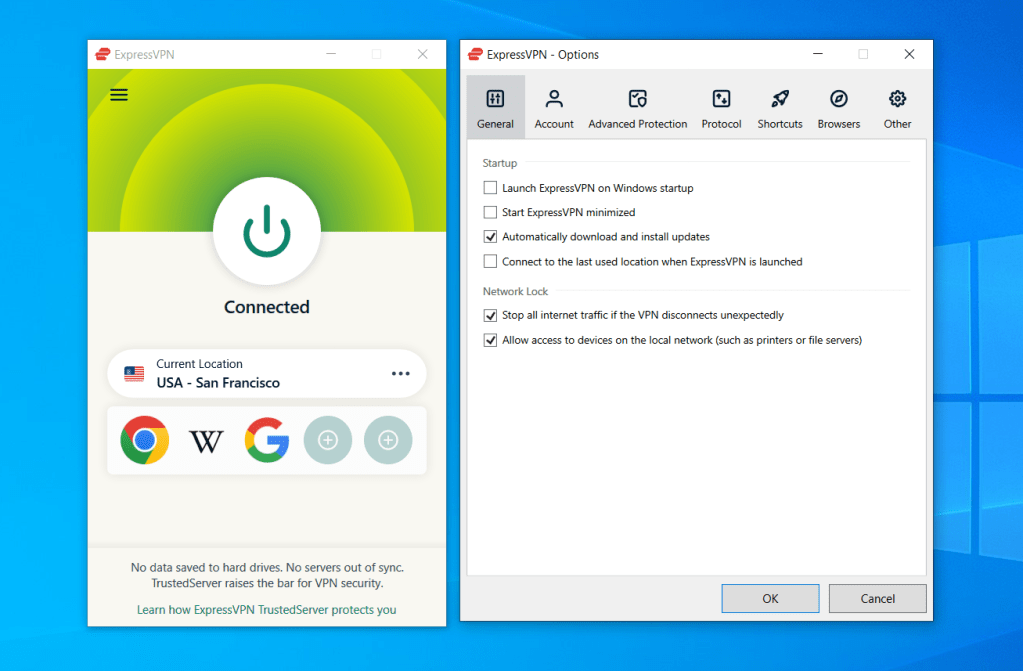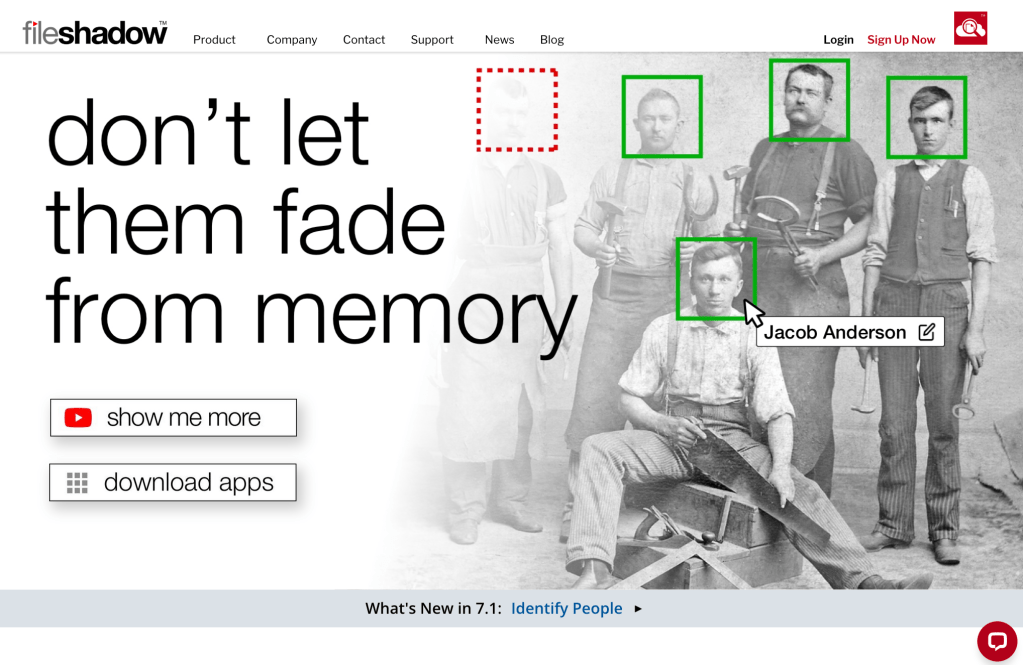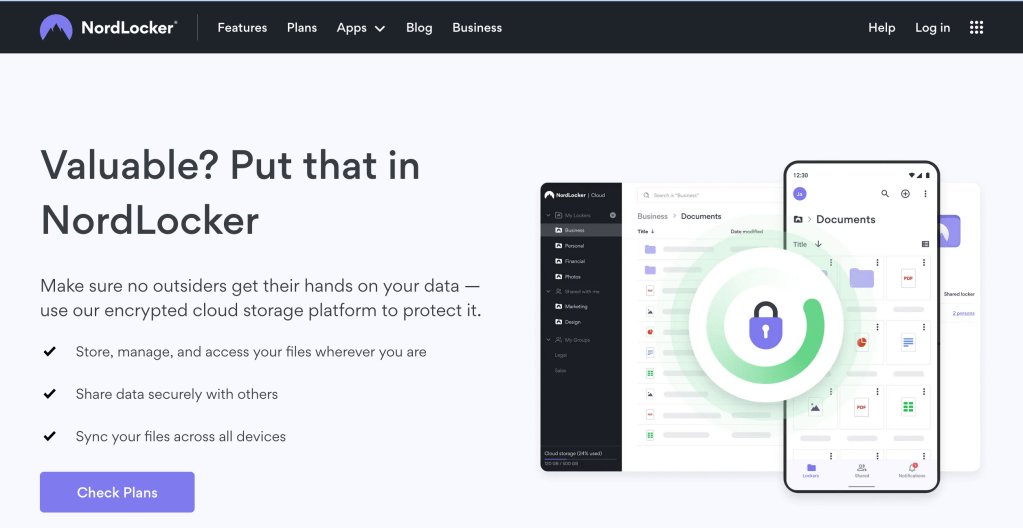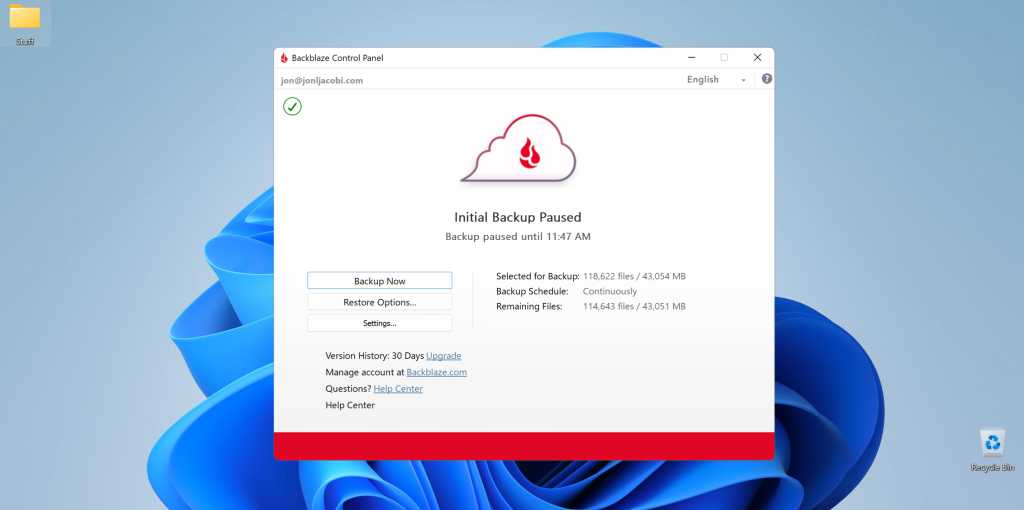AirVPN has garnered a loyal following among privacy-conscious users and VPN enthusiasts. Known for its strong focus on security and transparency, AirVPN operates primarily on the OpenVPN protocol and was founded by a collective of “hacktivists” dedicated to protecting online freedom. This review examines AirVPN’s features, performance, security, and overall value in today’s competitive VPN market.
Navigating AirVPN’s Features and Interface
AirVPN’s desktop client, Eddie, presents a utilitarian interface that prioritizes functionality over aesthetics. While some may find the design dated, it provides detailed information about server locations, latency, load, and user count. This transparency is a significant advantage for users seeking optimal server performance.
Eddie’s left-hand menu features essential options: Overview, Servers, Countries, Speed, Stats, and Logs. The Overview section manages login and connection, while the Servers and Countries tabs provide comprehensive server data. This data-rich approach empowers users to make informed decisions about their connection.
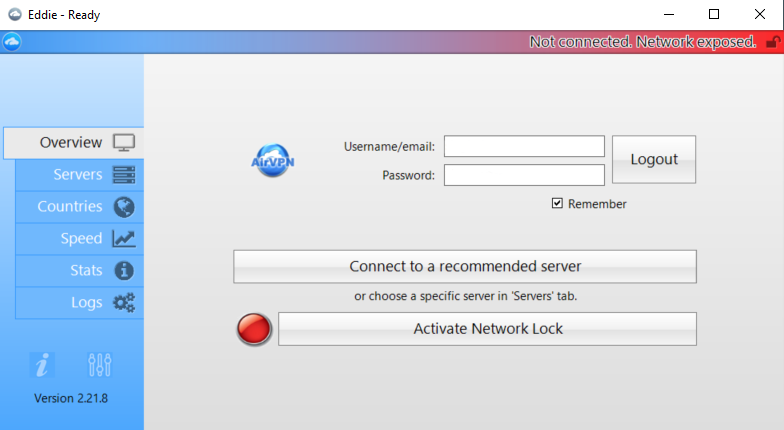 AirVPN client home screen
AirVPN client home screen
 AirVPN server list
AirVPN server list
AirVPN’s extensive settings menu offers advanced configuration options, including proxy settings for Tor, custom DNS servers, and network routing rules. This level of customization caters to experienced users seeking granular control over their VPN connection. However, it might be overwhelming for less tech-savvy individuals.
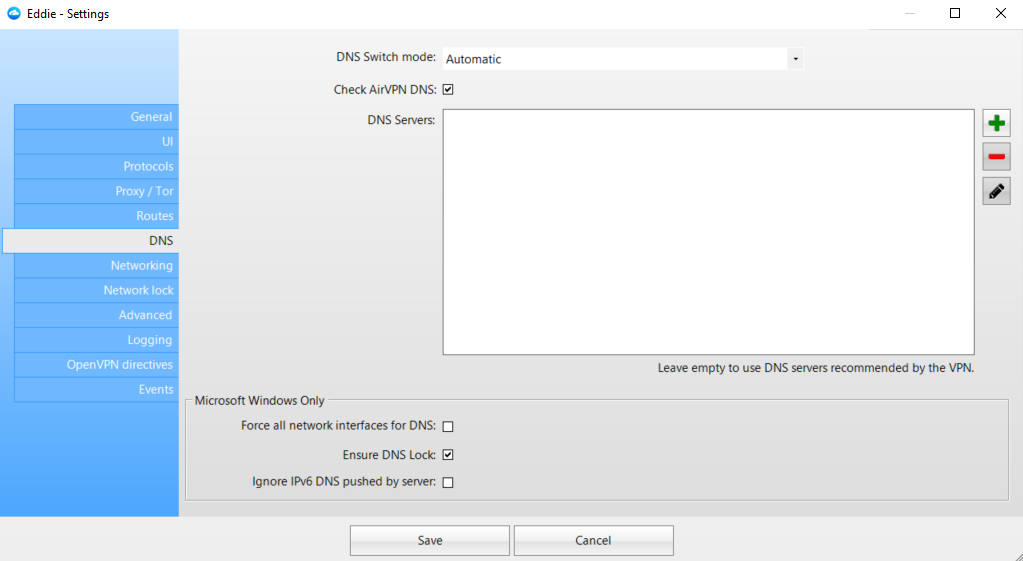 AirVPN settings menu
AirVPN settings menu
Currently, AirVPN allows five simultaneous device connections, which falls short of the unlimited connections offered by some competitors. Subscription options range from three days to three years, with pricing generally above average for the industry. However, the monthly subscription is competitively priced. Payment options include PayPal, credit cards, Amazon Pay, and various cryptocurrencies.
Evaluating AirVPN’s Performance
AirVPN delivers respectable speeds, averaging 52% of baseline download speed and 66% of baseline upload speed across various global locations. The consistency of these speeds is noteworthy, with most servers performing reliably. While not the fastest VPN available, AirVPN’s performance should suffice for most online activities.
It’s crucial to remember that VPN speeds can fluctuate based on location, time of day, and other factors. AirVPN’s transparent server load data helps users choose servers with lower loads, optimizing for better performance.
Unfortunately, AirVPN struggles to unblock major streaming services like Netflix, Amazon Prime Video, Disney+, and Peacock. This limitation is a significant drawback for users seeking a VPN for accessing geo-restricted content.
Assessing AirVPN’s Security and Privacy
AirVPN utilizes robust security measures, employing AES-256 encryption and offering OpenVPN and WireGuard protocols. These protocols are well-regarded for their balance of security and performance. AirVPN’s focus on privacy is evident in its limited protocol selection, prioritizing security over a wider range of options.
 AirVPN security information
AirVPN security information
A functional kill switch ensures data protection in case of connection drops. Testing confirmed no DNS leaks, safeguarding users’ true locations. AirVPN’s privacy policy clearly states a no-log policy, outlining the limited data collected and its temporary storage in RAM-only servers. However, the absence of an independent third-party audit means users must rely on AirVPN’s assurances regarding data handling.
AirVPN: The Verdict
AirVPN presents a mixed bag. It offers decent speeds, transparent network information, and a strong commitment to security. However, its dated interface, limited simultaneous connections, and inability to unblock streaming services hinder its overall appeal. While AirVPN adheres to its founding principles of privacy and security, it lags behind competitors in features and functionality crucial for today’s VPN users.
AirVPN is best suited for privacy-focused users comfortable with a less user-friendly interface and technical configurations. Users seeking a VPN for streaming, broader device compatibility, or a more streamlined experience may find other options more suitable.







